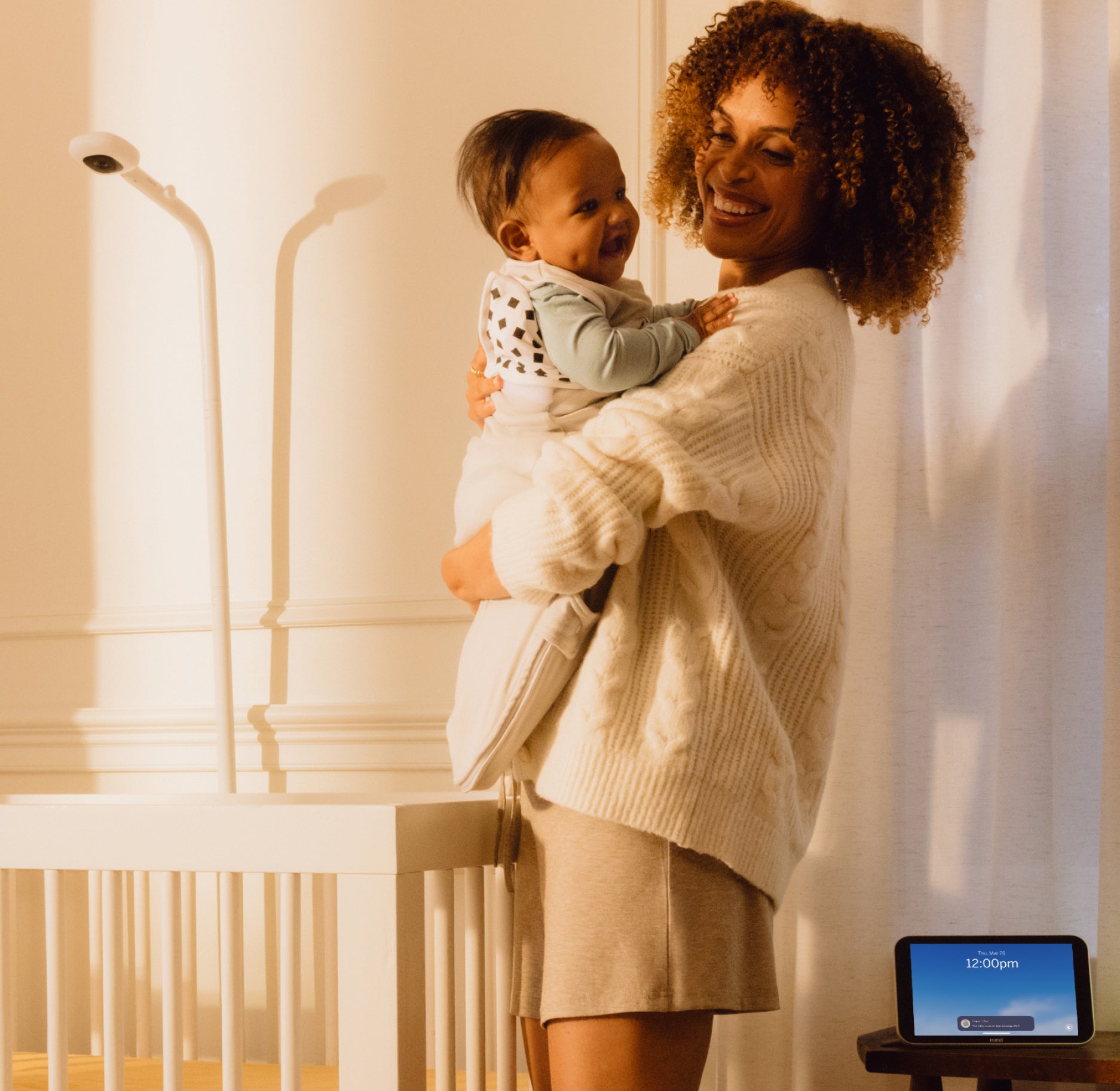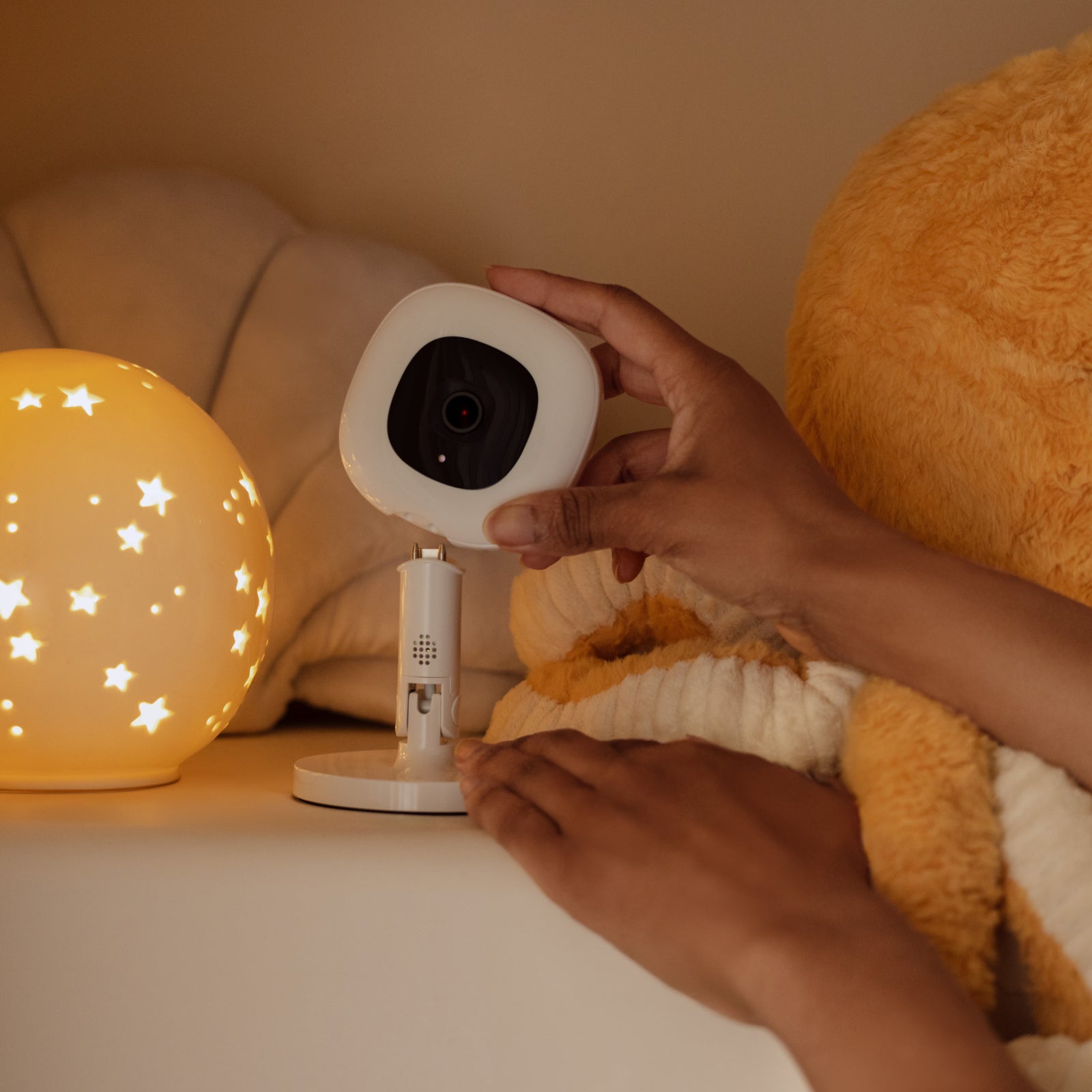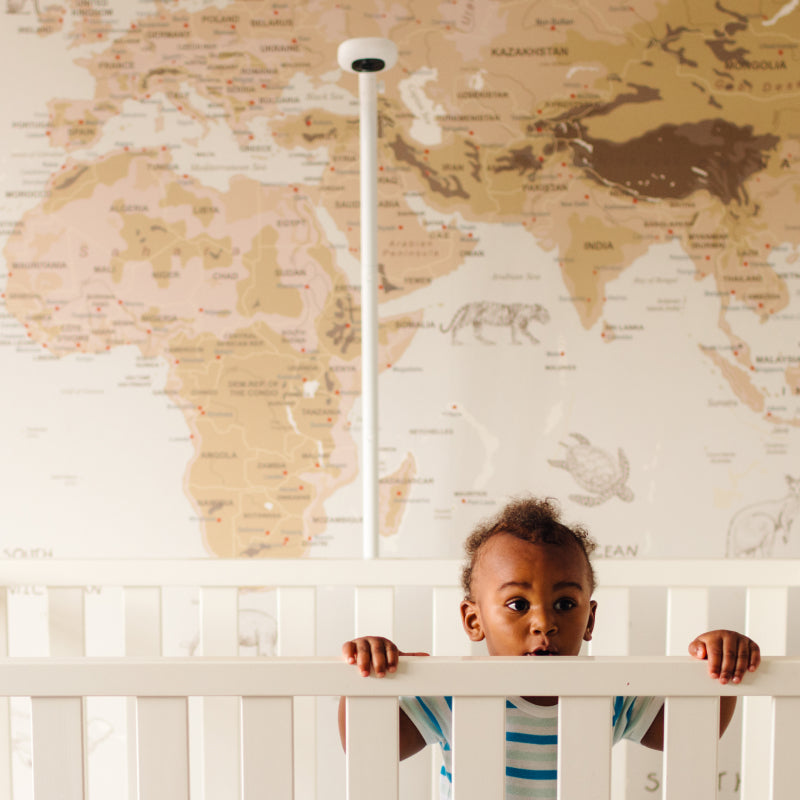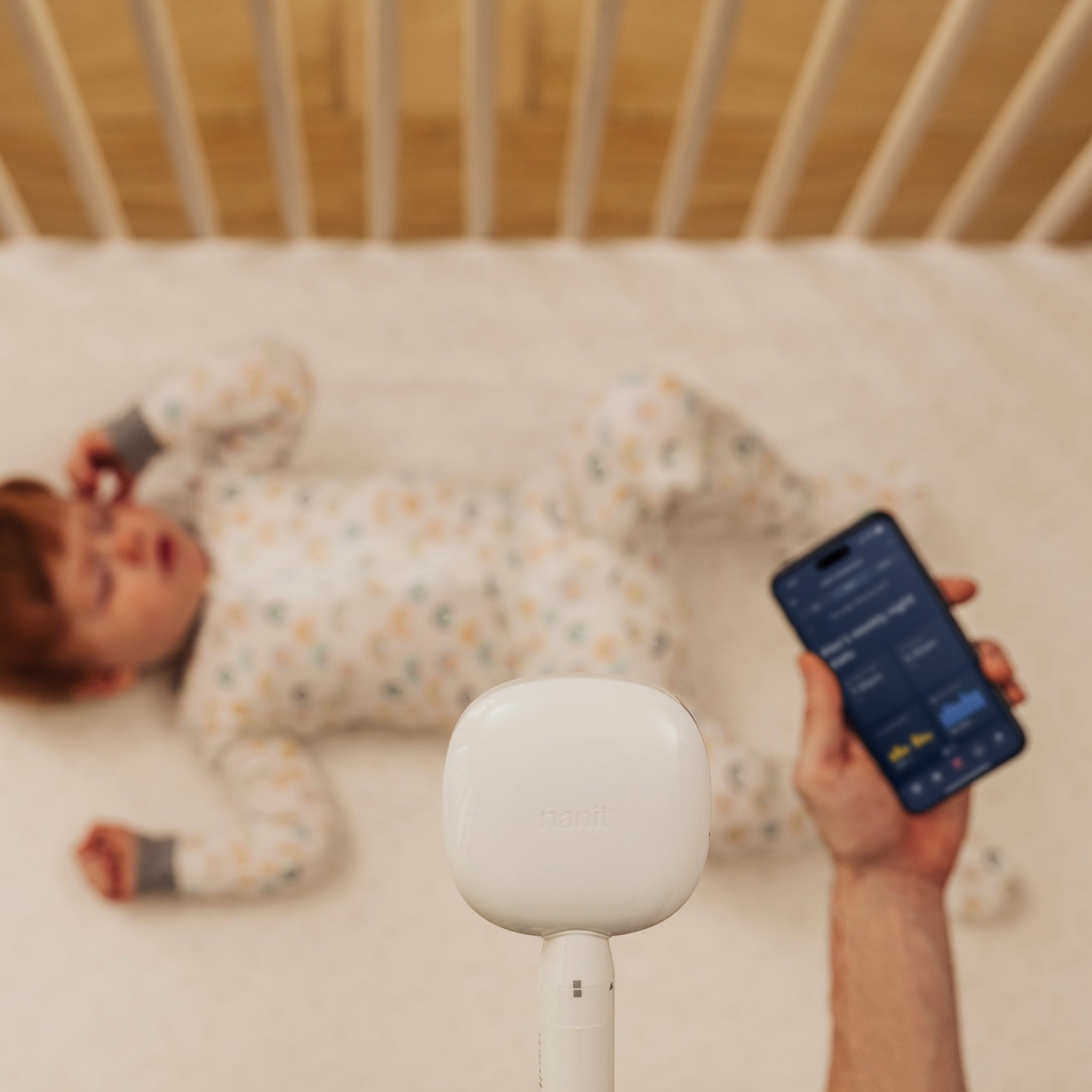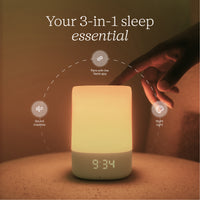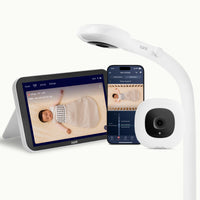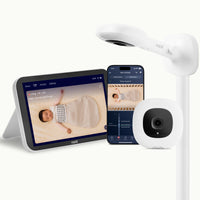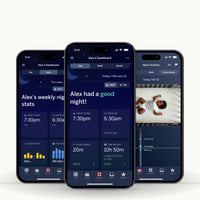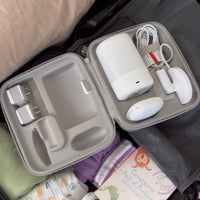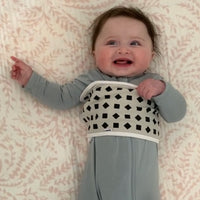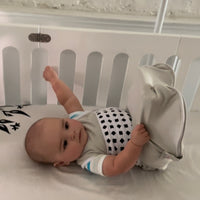Maristella Lucchini, Shambhavi Thakur, Thomas Anders, Natalie Barnett
Presented at 37th annual conference of American Academy of Sleep Medicine(AASM) 2023
Abstract
Introduction
Daylight saving time (DST) imposes a twice yearly 1h change in local clock time. Although it may seem a small adjustment, there is increasing awareness of the potential acute and long term effects at the individual and population level. Several studies have shown detrimental effects on sleep patterns, but mostly focusing on adults. Only one study has looked at the effect in infants’ sleep of change from standard time (ST) to DST, reporting negative effects. One study limitation was the reliance on parental reports of infant sleep. In addition, effects of the change from DST to ST are unknown. We hypothesize that the change from DST to ST would lead to earlier rise times, leading to sleep loss in the week following the change.
Methods
Caregivers of 510 children ages 3-24 mos (M=9.8 mos) tracked their child’s sleep using Nanit baby-monitor. Sleep metrics analyzed were: Nighttime sleep duration (NSD) and midpoint, number of night-wakings and sleep efficiency. Wilcoxon rank sum tests compared the average of each sleep metric for the week preceding the time change (Oct 31st-Nov 4th 2022, Baseline) with sleep metrics for each night of the following week (Nov 7-11 2022, post-DST week). Analyses were repeated stratifying by age group (4-6,7-12 and 13-24 months).
Results
After the time change, there was no change in NSD or sleep efficiency. There was a significant decrease in the number of night-wakings for infants 3-6 months, with an average of 0.5 fewer wakings per night compared to Baseline (Baseline mean=5 wakings). Midpoint was significantly earlier for all ages by an average of 10min, every day of the post-DST week.
Conclusion
The return to ST affected infants’ sleep midpoint. Observed effects were minor compared to those reported in previous literature for the ST to DST change, in line with other fields like cardiovascular health. This easier adjustment could be attributed to the fact that during DST there is an increased mismatch between body clock and social clock time, thus infants more readily adjust to a return to ST which minimizes this mismatch.

About the Researchers
The researchers included Maristella Lucchini, Shambhavi Thakur, Thomas Anders, and Natalie Barnett.

- Dr. Maristella Lucchini serves as Senior Clinical Researcher at Nanit. In her role, Maristella works to secure grant funding in collaboration with Nanit’s university research partners and supports the development of the company’s research collaborations around the world. Previously, Maristella served as an Assistant Research Scientist in the Division of Developmental Neuroscience, Department of Psychiatry at Columbia University Irving Medical Center where she led projects across several cohorts focusing on sleep health for pregnant and postpartum women and their children. Maristella’s research focused on underserved communities and sleep health disparities in the perinatal period. During her years as a postdoctoral researcher at Columbia University Irving Medical Center in the Department of Psychiatry, Maristella was selected to participate in the American Academy of Sleep Medicine Young Investigator Research Forum. She holds a Ph.D. in Biomedical Engineering from Politecnico di Milano.
-
Shambhavi Thakur serves as Clinical Research Data Analyst at Nanit. She holds a Masters degree in Health Informatics and Life Sciences. She oversees the research collaborations with various universities and analyzes sleep data for internal as well as external studies.
-
Dr. Tom Anders graduated from Stanford University (1956) and Stanford University School of Medicine (1960). He completed psychiatry and psychoanalytic training at Columbia Presbyterian Medical Center, NY. A two-year post-doctoral research fellowship preceded his appointment as Director of the Division of Child Psychiatry at SUNY/Buffalo. He also has headed Divisions of Child and Adolescent Psychiatry at Stanford (1974-1984) and Brown University (1985-1992). At UC Davis, he served as Department of Psychiatry Chair (1992-1998) and then as Executive Associate Dean (1998-2002). His long standing clinical and research interests are in the areas of maturation of infant sleep-wake states and pediatric sleep disorders in children with ASD. He has been an NIH funded investigator and served as President of the American Academy of Child and Adolescent Psychiatry (2005-2007).
-
Dr. Natalie Barnett serves as VP of Clinical Research at Nanit. Natalie initiated sleep research collaborations at Nanit and in her current role, Natalie oversees collaborations with researchers at hospitals and universities around the world who use the Nanit camera to better understand pediatric sleep and leads the internal sleep and development research programs at Nanit. Natalie holds a Ph.D. in Genetics from the University of New England in Australia and a Postgraduate Certificate in Pediatric Sleep Science from the University of Western Australia. Natalie was an Assistant Professor in the Neurogenetics Unit at NYU School of Medicine prior to joining Nanit. Natalie is also the voice of Nanit's science-backed, personalized sleep tips delivered to users throughout their baby's first few years.



